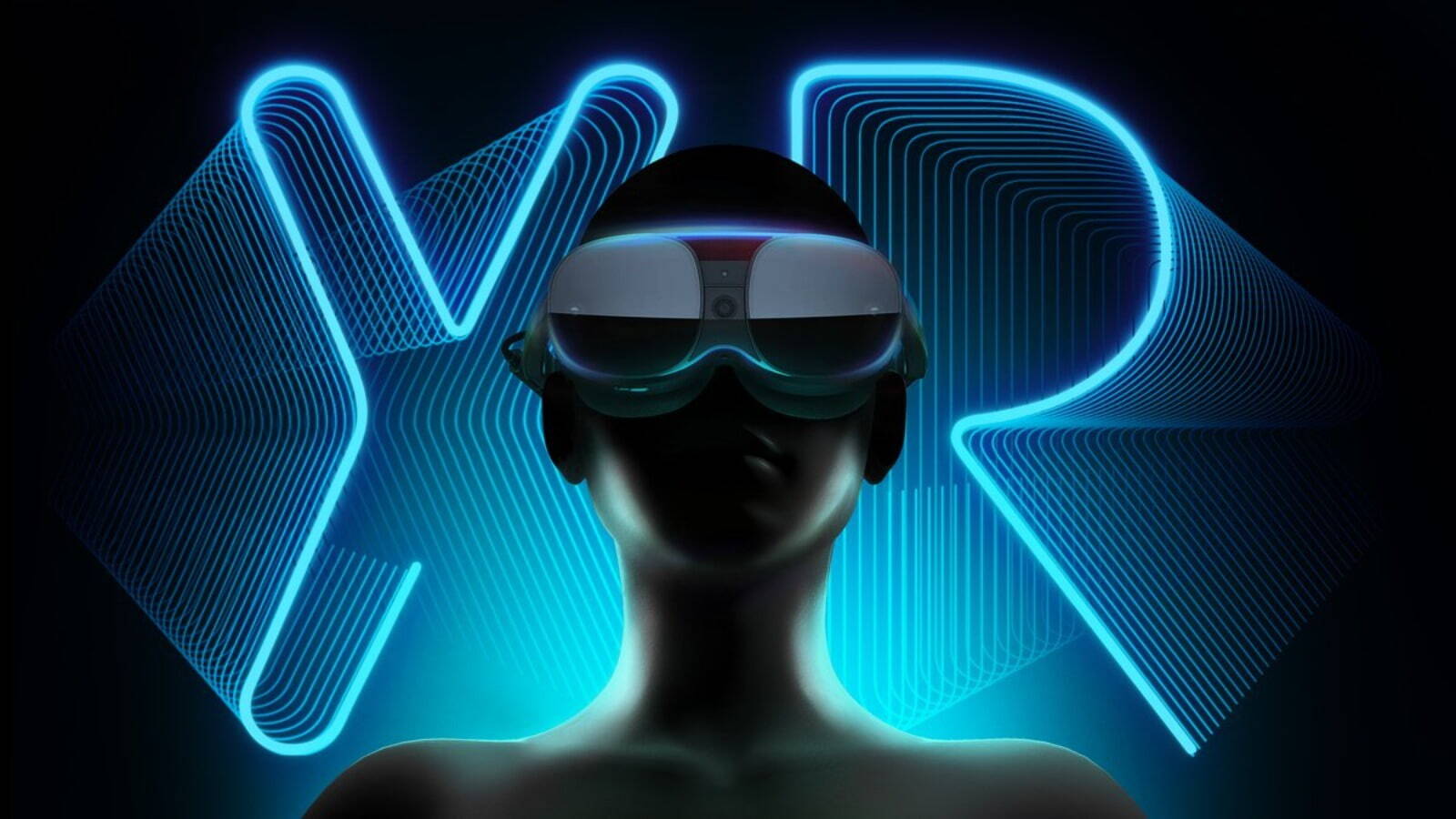
A New Frontier: The Implications of Extended Reality (XR)
Extended Reality (XR) emerges as a revolutionary technological domain with immense potential in a time when the lines between the digital and physical worlds are becoming increasingly blurred. XR, the umbrella term for Virtual Reality (VR), Augmented Reality (AR), and Mixed Reality (MR), is poised to reshape how we interact with our increasingly digital reality. Whether it's through a fully immersive 3D digital environment in VR, computer-generated images overlaid on the real world in AR, or a combination of the two in MR, XR offers more immersive, richer experiences.
The relentless march of digitization, accelerated by the global pandemic, has sparked an increase in innovation and interest surrounding XR and virtual worlds. These technologies are not limited to revolutionary hardware and software; they also usher in new ways of living, working, and playing in a world that is becoming increasingly online.
Apple's Vision Pro headset is one of the most recognisable examples of XR technology. This device is an extraordinary combination of technology and design, offering a vast array of entertainment and productivity applications. Vision Pro is marketed with a strong emphasis on where and when users can utilise this technology, from lounging on a couch to being confined to an aeroplane seat. The Vision Pro's immersive experience invites users to enter a new realm of interaction, whether they are watching television, working, or capturing priceless moments with the built-in camera.
This is merely a glimpse of XR technologies' limitless potential. It is anticipated that they will transform numerous industries, including retail, education, and others. In retail, virtual reality can provide engaging and immersive shopping experiences, whereas augmented reality can assist customers in efficiently navigating physical stores. In education, XR promises opportunities that are more engaging, immersive, and in some cases safer.
In addition, the required hardware to access XR continues to evolve, becoming smaller, more powerful, and more feature-rich. On the horizon are eye-tracking technology, lighter headsets, augmented reality (AR) devices, and even AR contact lenses. Together with haptic feedback technology, these advancements aim to significantly increase the level of immersion in XR environments.
The proliferation of 5G technology is also essential to the development of XR. With faster data transmission and the ability to manage larger data volumes, 5G enables wireless and cloud-based VR and AR. This not only improves the user experience, but also reduces the entry barriers for businesses seeking to leverage XR technologies without making significant infrastructure investments.
XR has the potential to be a game-changer, providing a new lens through which we perceive and interact with the world. As XR technologies continue to mature, they will without a doubt unlock new possibilities as vast as our imagination. This new technological frontier promises to revolutionise our lives by making the digital world more tangible and the physical world more replete with digital data. The future lies at the intersection of these realities, and XR is our vehicle to get there.
.jpg)
